Nestled in the heart of Bhubaneswar, the capital city of Odisha, the Mukteswara Temple stands as a testament to the exquisite craftsmanship and rich cultural heritage of ancient India. With its intricate carvings, architectural finesse, and spiritual significance, the temple is a timeless masterpiece that continues to captivate visitors from around the world.
The Mukteswara Temple, often referred to as the "Gem of Odisha Architecture," holds a history that spans over a thousand years. Built in the 10th century, during the reign of the Somavamshi dynasty, the temple is a living testimony to the artistic brilliance and devotion of the era.
The temple showcases the evolution of architectural styles in Odisha. It is a prime example of the Kalinga style, characterized by its emphasis on intricate carvings, ornate spires (rekha deula), and sculpted motifs. The temple's aesthetic design and cultural significance make it a prime attraction for historians, art enthusiasts, and devotees alike.
The Mukteswara Temple consists of two main structures—the deul (main sanctum) and the jagamohana (assembly hall). The deul's spire is adorned with ornate sculpted motifs and stands as a remarkable example of Kalinga architecture. The jagamohana, while less ornate than the deul, harmonizes perfectly to create a balanced architectural ensemble.
One of the most captivating features of the Mukteswara Temple is its intricate carvings. The temple's exterior is adorned with exquisite sculptures that narrate tales from Hindu epics, mythological narratives, and scenes of daily life. The portrayal of celestial beings, divine creatures, and intricate geometric patterns reflect the spiritual beliefs and artistic genius of the time.
The entrance of the temple features a magnificent torana (arched gateway) adorned with mesmerizing sculptures of various deities and celestial beings. The temple's exterior is adorned with intricately carved figures like dancing apsaras (celestial dancers), intricate foliage, and mythical creatures that seem to come to life in the stone.
Location: The Mukteswara Temple is located in Bhubaneswar, making it accessible for both locals and tourists.
Entry Fees : There is no entry fee for visiting the temple premises.
Attire: As a place of religious significance, it's recommended to dress modestly while visiting the temple. Please keep in mind that security people here are ok with clicking photos with phone but won't allow DSLRs.
The temple's name "Mukteswara" is derived from two Sanskrit words: "mukti," meaning liberation, and "ishwara," meaning lord or god. Therefore, the name "Mukteswara" can be translated as the "Lord who grants liberation." The Mukteswara Temple in Bhubaneswar is dedicated to Lord Shiva. The main deity enshrined within the temple is a lingam, which represents Lord Shiva in his formless and abstract aspect. The lingam is a symbol of his cosmic energy and creative force.
Here are some special sculptures that you can find within the temple:
Torana Sculptures: The torana, or arched gateway, at the entrance of the temple is adorned with intricately carved sculptures of various deities and celestial beings. These sculptures include depictions of Ganga and Yamuna, who are river goddesses, as well as images of various divine attendants and mythical creatures.
Dancing Apsaras: The temple is adorned with beautifully carved dancing apsaras, celestial nymphs who are known for their captivating dance forms. These sculptures are found on the outer walls and depict graceful and intricate dance poses.
Lingam with Faces: Inside the sanctum sanctorum, there is a unique lingam with human faces sculpted on its sides. This depiction is believed to represent the multi-faceted nature of Lord Shiva and his various manifestations.
Uma-Maheshwara Sculpture: One of the intricate reliefs on the temple wall depicts a scene of Uma (Parvati) and Maheshwara (Shiva) riding on Nandi, the bull. This portrayal of the divine couple exudes an aura of serenity and devotion.
Nayikas and Nayakas: The walls of the temple feature sculptures of nayikas (heroines) and nayakas (heroes) engaged in various emotional and romantic poses. These sculptures are celebrated for their delicate expressions and graceful postures.
Lakulisha Sculpture: A particularly important sculpture in the temple complex is that of Lakulisha, a form of Lord Shiva considered to be the 28th incarnation of the deity. Lakulisha is often depicted as a yogi holding a staff.
Paradevata Sculptures: The outer walls of the temple are adorned with paradevata sculptures, which are representations of various deities and celestial beings. These sculptures provide a glimpse into the rich pantheon of Hindu mythology.
Yakshi Sculptures: Some of the sculptures around the temple depict yakshis, female nature spirits often associated with fertility and abundance. These sculptures add a touch of mysticism and ancient beliefs to the temple's ambiance.
Animal Motifs: Throughout the temple, you'll find intricate carvings of animals, both real and mythical, such as elephants, lions, and makaras (a mythical sea creature). These motifs add a dynamic and lively element to the architecture.
Navagraha Panel: The temple features a panel depicting the nine planetary deities, known as the Navagrahas. Each deity is associated with a specific planet and is depicted in a distinct pose or posture.
There are several other temples located near the Mukteswara Temple in Bhubaneswar. Bhubaneswar, often referred to as the "Temple City of India," is known for its numerous temples that showcase different architectural styles and historical periods. Here are a few notable temples that you can explore in the vicinity of the Mukteswara Temple:
Parasurameswara Temple: This small but intricately carved temple is dedicated to Lord Shiva. It's considered one of the oldest temples in Bhubaneswar and is characterized by its detailed carvings of divine figures, animals, and mythical creatures.
Siddheswara Temple : The temple is dedicated to Lord Shiva, who is revered as Siddheswara. Lord Shiva is one of the principal deities in Hinduism and is often associated with transformation, creation, and destruction.
Other temples to explore in Bhubaneshwar are :
Lingaraj Temple: One of the most prominent temples in Bhubaneswar, the Lingaraj Temple is dedicated to Lord Shiva. It's known for its towering spire, intricate carvings, and a sacred pond. The temple's architecture is a blend of Kalinga and Dravidian styles.
Rajarani Temple: This temple is celebrated for its unique sculptural style and the absence of any presiding deity. It is named after the rajarani (reddish) stone used in its construction. The temple is adorned with exquisite carvings depicting sensuous and divine figures.
Ananta Vasudeva Temple: Dedicated to Lord Krishna, this temple is known for its vibrant architecture and colorful sculptures. It's one of the few temples in Bhubaneswar where non-Hindus are allowed entry.
Brahmeswara Temple: This temple is famous for its intricately carved torana and beautifully adorned sanctum. It's dedicated to Lord Shiva and showcases detailed carvings of deities, celestial beings, and mythological narratives.
Rameshwar Temple: This temple is dedicated to Lord Shiva and features a unique vimana (tower) with ornate carvings. The temple's architecture and carvings are reminiscent of the Mukteswara Temple.
The Mukteswara Temple stands as an architectural gem that transcends time and culture, serving as a bridge between ancient craftsmanship and spiritual devotion. As you wander through its carved corridors and stand in awe of its intricate sculptures, you'll not only appreciate the artistry of ancient artisans but also connect with the spiritual essence that continues to thrive within its walls. The Mukteswara Temple is more than just a monument; it's a living testament to the artistic ingenuity and profound spirituality that define Odisha's rich heritage.
Related Blogposts :




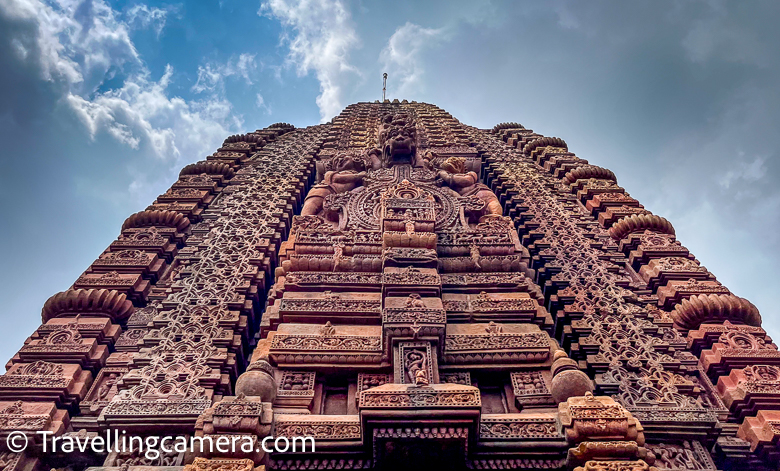






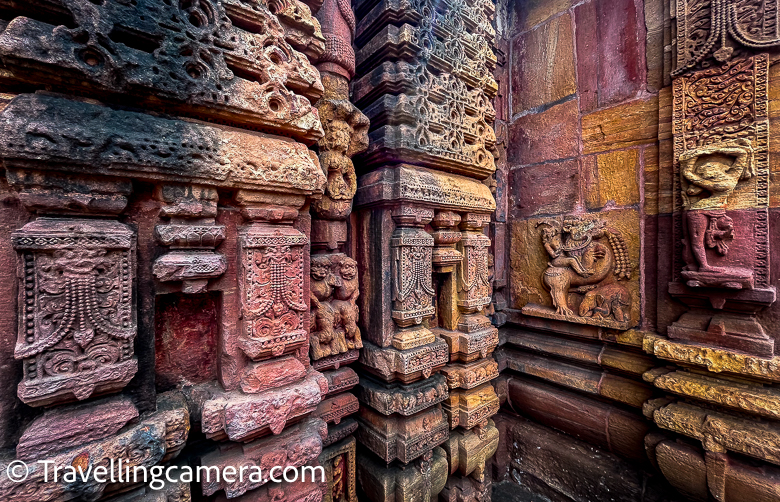

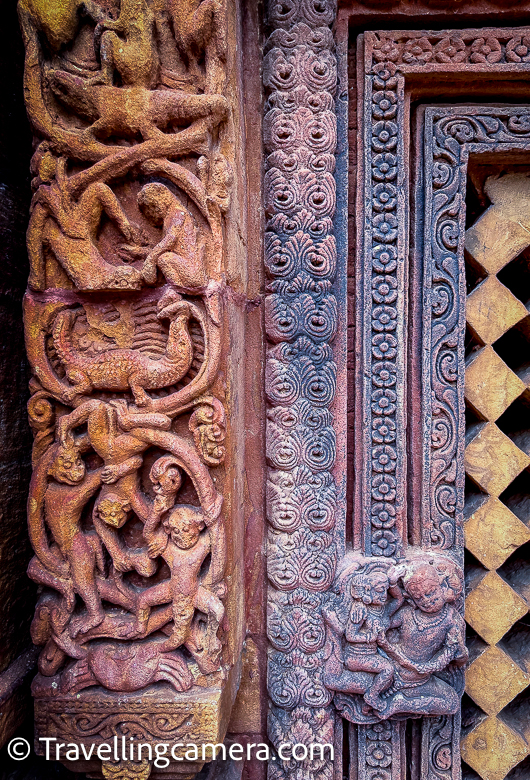








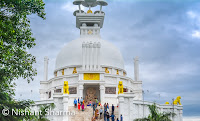




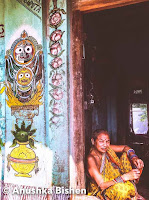

.jpg)
Comments